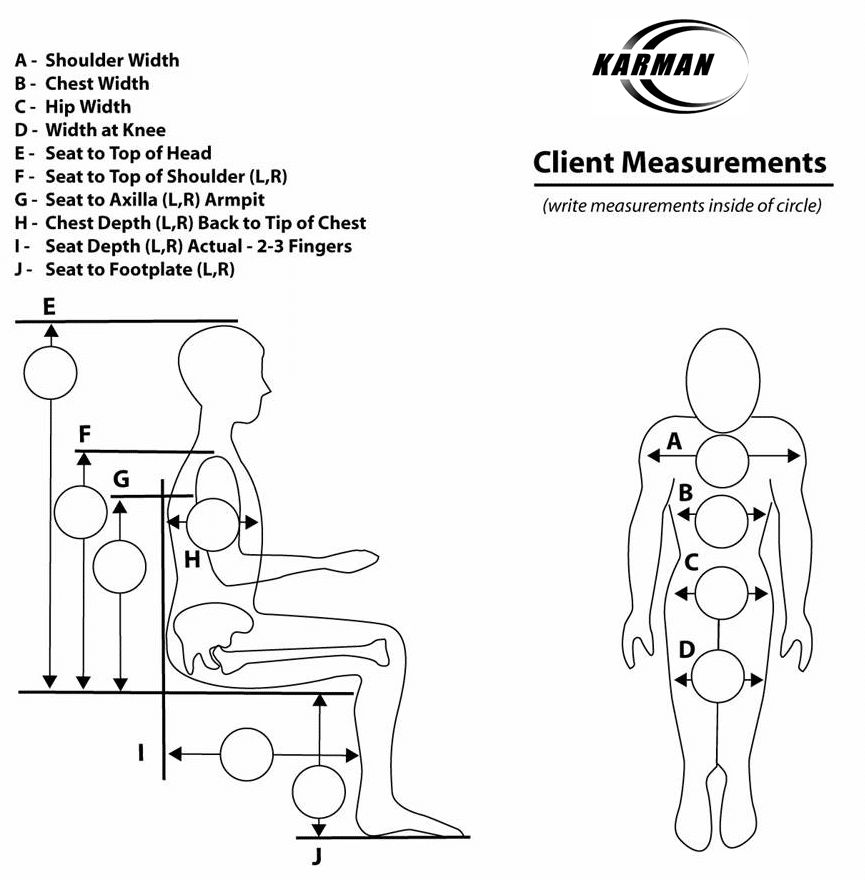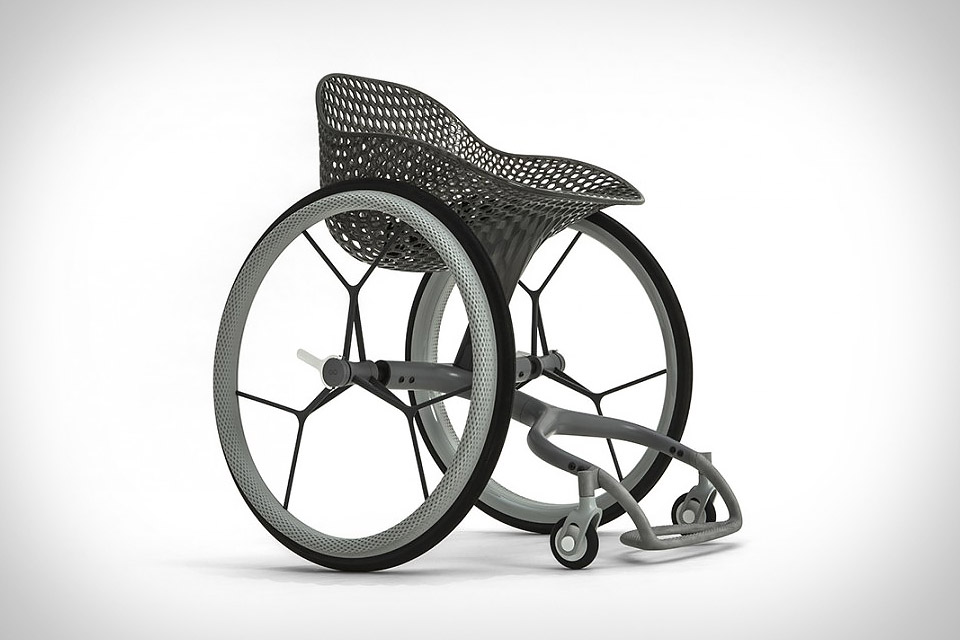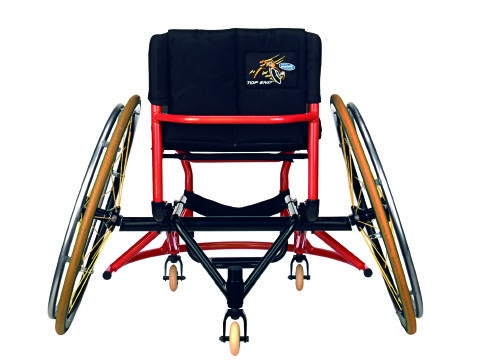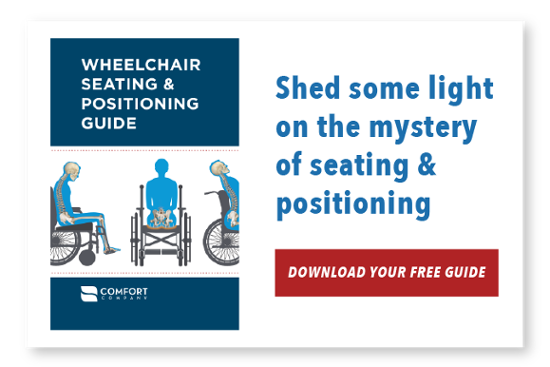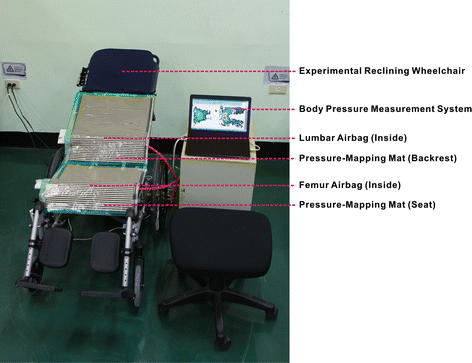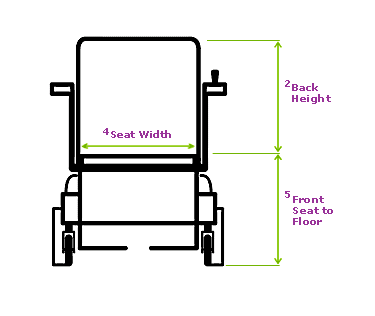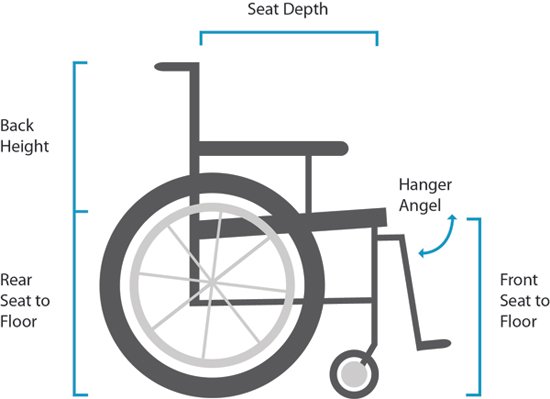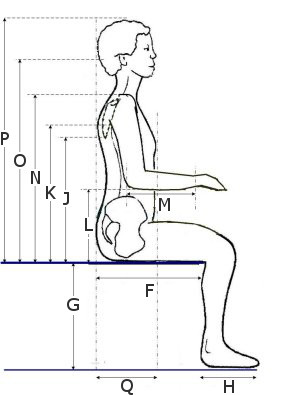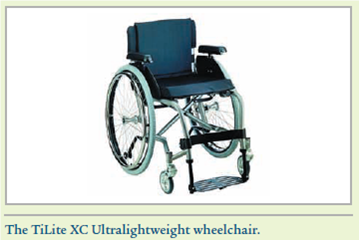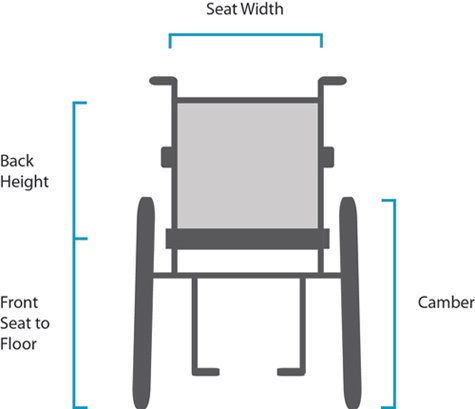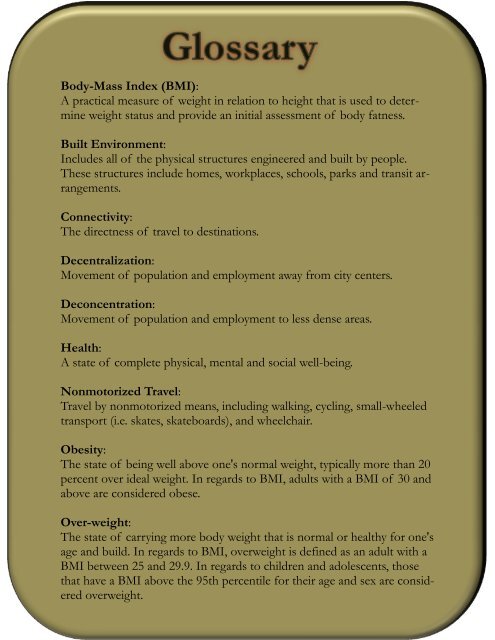Body Measurements For Wheelchair
Measure the widest area across the lower extremities if different from the hip width. Record the length of the persons leg from their rear to their knee. Place the measuring tape on the back of the. This may influence seat width or arm style. Subtract the thickness of the compressed cushion and add approximately two inches for footrest clearance unless the wheelchair will be foot propelled. Determining seat dimensions 1.
Measure from the underside of the knee to the sole of the foot. A wheelchair users seat to axilla armpit measurement h less 30 mm is themaximum distance between the top of the. Place the person in an upright seated position. A wheelchair users hip width body measurement a equals the wheelchair seat width or the distance between the pelvis. Measured from the front of the back post to the front ed ge of the seat upholstery. Record the length from the.
Rear seat to floor measure from the ground to the seat bottom. Measure the hip width of the person who will use the wheelchair. According to the document a clinican application guide to standardized wheelchair seating measures of the body and seating support surfaces revised edition waugh crane 2013 there are 36 linear body measures. Seat depth is determined by measuring the user from the back of their pelvis to the back of their knee when they are in a seated position. However which of the linear body measurements that need to be taken on a specific client may vary and depends on the complexity of the needs of the individual. Measure the widest point of the thorax just below the arm pit.
Here is a quick guide to help you obtain some of the most common measurements required for wheelchair configuration.
Random Post
- guys body measurement
- body measurement up
- body measurement cctv
- body measurement pants
- body measurement chart female printable
- joanna soh body measurement
- navneet kaur body measurement
- body measurements in telugu
- body measurement catherine zeta jones
- body measurement size chart
- factors affecting body temperature measurement
- emilie de ravin body measurement
- tailor body measurement app
- ec3 body measurement
- aiman khan body measurement
- twice body measurement
- shivaji maharaj body measurement
- sayantika banerjee body measurement
- exid hani body measurement
- alicia schmidt body measurement
- gibson sg body measurements
- rakshita body measurement
- standard body measurements for pattern making pdf
- saweetie body measurement
- large bra size measurement
- bra fitting hull
- gabbi garcia body measurement
- bad body measurement
- gas body measurement
- pro ana body measurement
- naseem shah body measurement
- measurement for body pillow case
- bra size jockey india
- bra size centimeters measurement
- body measurement log printable
- body dimensions generator
- hailey baldwin body measurements
- ideal body measurements by height
- laksh lalwani body measurement
- bra fitting london
- body measurements template
- app that does body measurements
- anupriya goenka body measurements
- body weight scale with body fat measurement
- what affects body fat measurement
- jenna gray body measurement
- sean faris body measurement
- isla fisher body measurement
- shraddha arya body measurement
- body measurement synonym


